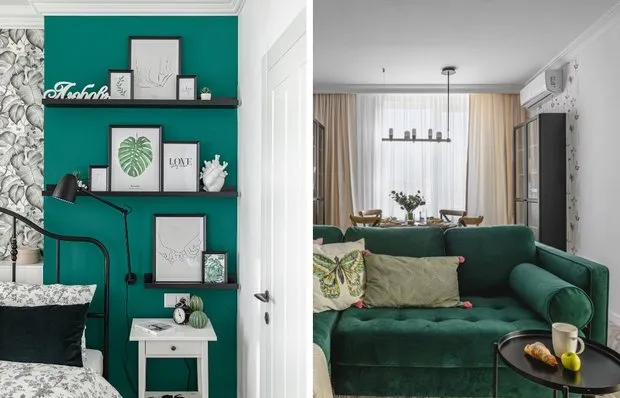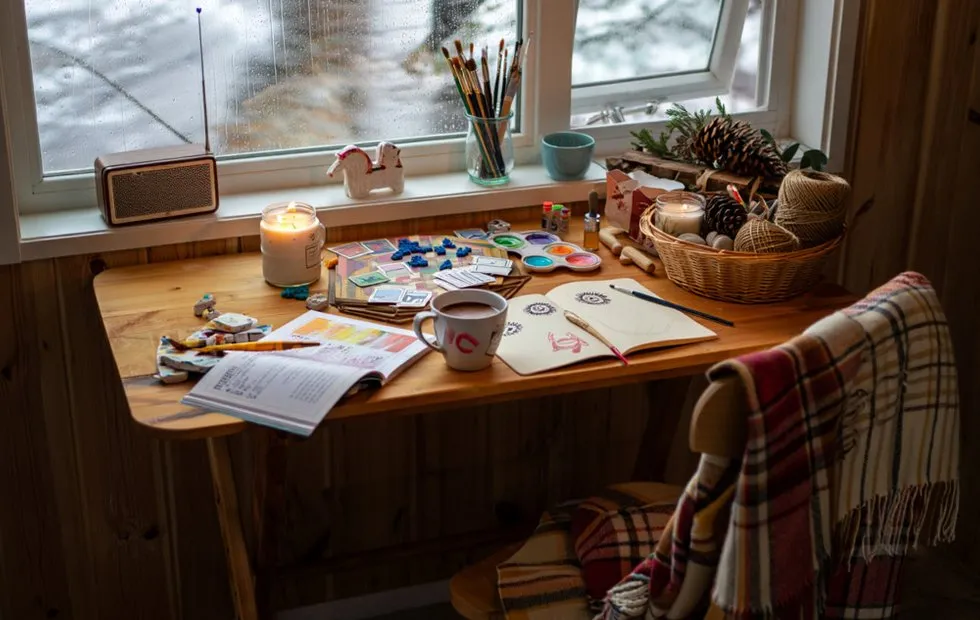There can be your advertisement
300x150
Zinger House: Where Valkyries Guard Secrets of Durov and the Globe Has Been Lit for 120 Years
History of one of the most majestic buildings in St. Petersburg
Walking along Nevsky Prospect, it's impossible not to notice this house. The six-story building is topped by a glass tower with a huge globe that has been towering over the roofs of St. Petersburg for more than a century. At the corners of the facade stand bronze valkyries — Scandinavian warrior maidens who seem to guard the secrets of the most unusual house on the city's main street.
This is the Zinger House, known to every St. Petersburg resident as the Book House. Few know that behind its walls lie stories of American millionaires, secrets of Soviet publishers, and modern IT legends. Here, sewing machines were once sold that changed the lives of millions of housewives, and now in the glass tower, algorithms are created that determine what users will see in the VKontakte feed.
History of the Place: From Opera House to American Skyscraper
Theatrical Past
Life was boiling at this corner of Nevsky Prospect and the Griboyedov Canal (then Catherine's Canal) already in the 18th century. In 1742-1743, a wooden opera house designed by Bartolomeo Rastrelli stood here, where comic performances were held. But in 1749, a fire destroyed the theater completely.
Later, a mansion was built on this site by Proto-Ierarch Ivan Panfilov — the spiritual advisor of Empress Catherine II. In the 19th century, the house was bought by pharmacist Karl Imzen, who transformed it into a real cultural center of old St. Petersburg.
 Photo from the website: pinterest.com
Photo from the website: pinterest.comBohemian Period
Imzen's house was a hub of creative life. Here were the music store, bookshop, newspaper office «Birzhevye Vedomosti», and — most interestingly — the photography studio of Sergey Levitsky, Russia's first professional photographer. He photographed writers, composers, actors — all of St. Petersburg's Bohemian elite of the mid-19th century.
American Dream
In 1902, the plot was purchased by the American company Zinger, which had already taken over the market. The company had a large production in Podolsk and 3,000 stores throughout the empire. Now, the Americans decided to build their skyscraper in St. Petersburg — no less than 11 floors.
But they encountered an unexpected problem: according to the law, buildings could not exceed the height of the Winter Palace in the capital. This restriction had been in place since Catherine's era and strictly enforced.
Architectural Trick of Pavel Suyozor
Architect Pavel Suyozor, who was assigned to design the project, found a genius solution. The restrictions applied only to facade heights — 23.47 meters. However, there were no strict requirements for decorative towers or mansard roofs.
Suyozor designed a six-story building but adorned it with an elegant corner tower with a glass dome. Formally, the house did not exceed the permitted height but visually looked like a real skyscraper — the first in the history of St. Petersburg.
Construction took two years — from 1902 to 1904. When the scaffolding was removed, citizens were amazed by what they saw. On Nevsky Prospect, something unprecedented appeared — a real American modern in the heart of the imperial capital.
Secrets of the Glass Globe and Bronze Valkyries
Globe with Advertisement
The tower is crowned by a huge glass globe, 2.8 meters in diameter — a symbol of the company Zinger's global scale of operations. It was lit from within by electricity (which itself was a novelty), and the outer edge was adorned with the advertisement "Zinger & Co"NaN
More articles:
 How to Style an 8 m² Entrance Hall in a Secondary Apartment to Make It Functional and Stylish
How to Style an 8 m² Entrance Hall in a Secondary Apartment to Make It Functional and Stylish Repair in a Standard Two-Room Apartment: 5 Tips from a Transformed Brezhnev-era Flat Worth Noting
Repair in a Standard Two-Room Apartment: 5 Tips from a Transformed Brezhnev-era Flat Worth Noting How to Solve Storage Issues in a Small Brezhnev-Era Apartment (51 m²): 7 Ideas
How to Solve Storage Issues in a Small Brezhnev-Era Apartment (51 m²): 7 Ideas Bright Kitchen with Emerald Apron in 69 m² Trash Apartment
Bright Kitchen with Emerald Apron in 69 m² Trash Apartment How to Create an Effortless 3 m² Bathroom with Green Ceiling and Marble Tile
How to Create an Effortless 3 m² Bathroom with Green Ceiling and Marble Tile 6 Tips We Spotted in a Stylish 69 m² Apartment
6 Tips We Spotted in a Stylish 69 m² Apartment How They Organized Storage in a 69 m² Trash Space: 5 Ideas You Can Replicate Too
How They Organized Storage in a 69 m² Trash Space: 5 Ideas You Can Replicate Too Rainy Weekend at the Cottage: 15 Activities That Will Save You from Boredom
Rainy Weekend at the Cottage: 15 Activities That Will Save You from Boredom